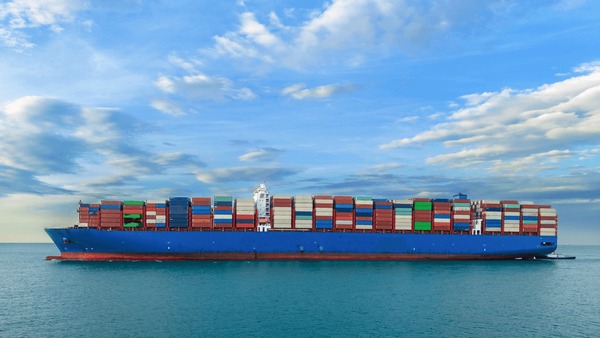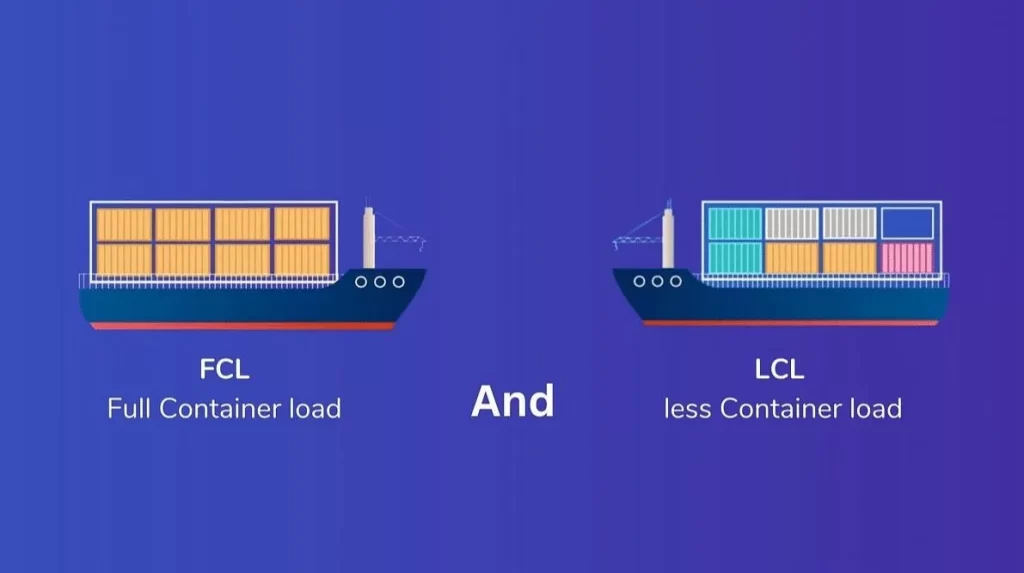- By TOP CHINA FREIGHT
- October 10, 2025
- Shipping
Table of Contents
Home goods freight from China has become a crucial link in the global supply chain for retailers and e-commerce sellers worldwide. Shipping efficiently can transform your business operations, improving profit margins and customer satisfaction. However, balancing freight costs, delivery time, and customs compliance remains a challenge for many importers.

What Does Home Goods Freight from China Include?
Home goods freight covers a wide range of products — from furniture and kitchenware to textiles, décor, and small appliances. These items are exported globally due to China’s competitive manufacturing costs and flexible production capacity.
When shipping home goods, the freight process typically includes:
- Supplier coordination for packaging and labeling.
- Transport to port or airport.
- Customs clearance and export documentation.
- Main carriage (sea, air, or rail freight).
- Import customs clearance in the destination country.
- Final delivery to your warehouse or customer.
Because many home goods are bulky but not always heavy, optimizing container space and selecting suitable incoterms (like FOB or CIF) significantly affect your overall logistics costs.
How to Choose the Right Shipping Method for Home Goods?




Different freight modes offer unique advantages. Choosing between sea, air, rail, or express depends on product type, order size, and delivery urgency.
| Shipping Method | Transit Time | Cost Level | Best For | Pros | Cons |
|---|---|---|---|---|---|
| Sea Freight (FCL/LCL) | 25–40 days | Lowest | Large shipments | Cost-effective, reliable for bulk | Slower transit |
| Air Freight | 5–10 days | High | Urgent or fragile goods | Fast and safe | Expensive |
| Rail Freight | 15–20 days | Medium | Europe destinations | Stable, eco-friendly | Limited routes |
| Express Courier | 3–7 days | Highest | Samples or small orders | Door-to-door | Very costly |
How Much Does It Cost to Ship Home Goods from China?
Freight rates vary by route, container size, and market conditions. Below is a general cost overview in 2025:
| Container Type | Average Cost (USD) | Suitable For |
|---|---|---|
| 20ft Container | $1,800 – $2,500 | Small to medium shipments |
| 40ft Container | $2,800 – $3,800 | Large home goods orders |
| Air Freight (per kg) | $5 – $9 | Fragile or urgent cargo |
| Rail Freight (per CBM) | $150 – $250 | Medium-size orders to Europe |
Tip:
Consolidating multiple small shipments into a single LCL (Less than Container Load) can reduce costs while maintaining flexibility. Additionally, book shipments in advance during high-demand seasons (like Christmas or summer sales).
What Are the Transit Times for Home Goods Freight from China?
Transit time depends on the destination and chosen shipping mode.
| Destination | Sea Freight | Air Freight | Rail Freight |
|---|---|---|---|
| USA | 25–35 days | 5–8 days | — |
| UK | 28–40 days | 6–9 days | 18–22 days |
| Australia | 20–30 days | 5–7 days | — |
| Canada | 25–35 days | 5–8 days | — |
| Germany | 28–38 days | 6–8 days | 16–20 days |
Remember, customs clearance, port congestion, and weather can slightly alter these times. Therefore, always plan with at least a week of flexibility for large shipments.
What Documents Are Needed for Home Goods Freight from China?

Proper documentation ensures smooth customs clearance and prevents delays. Below is a checklist for importers:
| Document | Purpose |
|---|---|
| Commercial Invoice | Lists product details and values |
| Packing List | Confirms quantity and packaging type |
| Bill of Lading / Airway Bill | Proof of shipment |
| Certificate of Origin | Confirms manufacturing location |
| Import License (if required) | Necessary for regulated goods |
| Insurance Certificate | Covers transit risk |
Ensure all information matches exactly across documents to avoid customs issues.
How to Handle Customs Clearance for Home Goods Freight?
Customs clearance involves inspection, tariff payment, and document verification.
To streamline the process:
1.Pre-declare shipments electronically before arrival.
2.Classify goods correctly using HS codes to determine duties.
3.Work with a licensed customs broker for smooth processing.
4.Pay duties and taxes promptly to avoid storage fees.
5.Keep digital copies of all customs paperwork.
Moreover, choosing DDP (Delivered Duty Paid) shipping allows your Chinese freight forwarder to manage all taxes and delivery on your behalf.
Should You Use FCL or LCL for Home Goods Freight?

Choosing between FCL (Full Container Load) and LCL (Less than Container Load) depends on shipment volume and cost priorities.
| Option | Ideal Cargo Volume | Pros | Cons |
|---|---|---|---|
| FCL | >15 CBM | Lower per-unit cost, more secure | Requires large shipment |
| LCL | <15 CBM | Flexible, no need to fill container | Higher cost per CBM, shared risk |
If you frequently ship from multiple suppliers, consolidating into an FCL can save up to 20% on logistics expenses.
How to Pack and Protect Home Goods for Shipping?
Because many home goods are fragile or bulky, proper packaging is essential.
- Use double-wall cartons and foam cushioning.
- Reinforce edges with corner protectors for glass and ceramics.
- Shrink-wrap furniture to prevent scratches.
- Label boxes with “FRAGILE” or “THIS SIDE UP.”
- Use pallets for stable stacking inside containers.
Moreover, always request a packaging photo report from your supplier before shipment to confirm cargo protection standards.
Case Study: Efficient Home Goods Freight from China to the UK

A British retailer imported 5 containers of kitchenware and home décor from Yiwu and Shenzhen. Instead of shipping separately, the freight forwarder consolidated all orders into a single 40HQ FCL.
Results:
- Reduced shipping costs by 18%.
- Transit time: 30 days door-to-door.
- Zero customs delays due to complete documentation.
This case shows how strategic freight planning and professional handling can lead to significant cost and time savings.
How to Reduce Home Goods Freight Costs?
There are several ways to minimize your logistics budget:
1.Book early — rates rise during peak seasons.
2.Use consolidated LCL for smaller batches.
3.Negotiate Incoterms wisely (FOB often offers better control).
4.Compare carrier quotes before booking.
5.Partner with a reliable freight forwarder in China to handle customs and local transport efficiently.
Furthermore, optimizing packaging to reduce CBM can significantly cut your sea freight expenses.
Conclusion
Efficient home goods freight from China requires strategic planning — from selecting the right shipping mode to managing documentation and customs. Sea freight remains the most cost-effective for bulk items, while air freight suits fragile or urgent cargo. By collaborating with a professional China freight forwarder, importers can save time, minimize risk, and ensure on-time delivery.
Need a Shipping Quote?
Click below to get a free, no-obligation quote from Top China Freight.
We’ll respond within 24 hours with the best shipping options for your cargo.

FAQ
Q1: How can I calculate import duty for home goods?
Import duties depend on HS codes and product categories. You can check tariff rates through your destination country’s customs website or consult a customs broker.
Q2: Do I need insurance for home goods freight from China?
Yes. Insurance covers potential loss or damage during transit. It’s inexpensive compared to the value of goods and offers peace of mind.
Q3: Can my supplier arrange the shipment directly?
Some suppliers offer CIF or DDP services, but working with your own freight forwarder gives you better control and transparency over costs and schedules.
Q4: What is the best incoterm for home goods freight?
FOB (Free on Board) is often recommended, as it gives buyers flexibility to choose shipping agents while ensuring suppliers handle export procedures.
Q5: How do I track my shipment from China?
Freight forwarders provide tracking systems or real-time updates via email. Air and express shipments include tracking numbers for easy monitoring.
